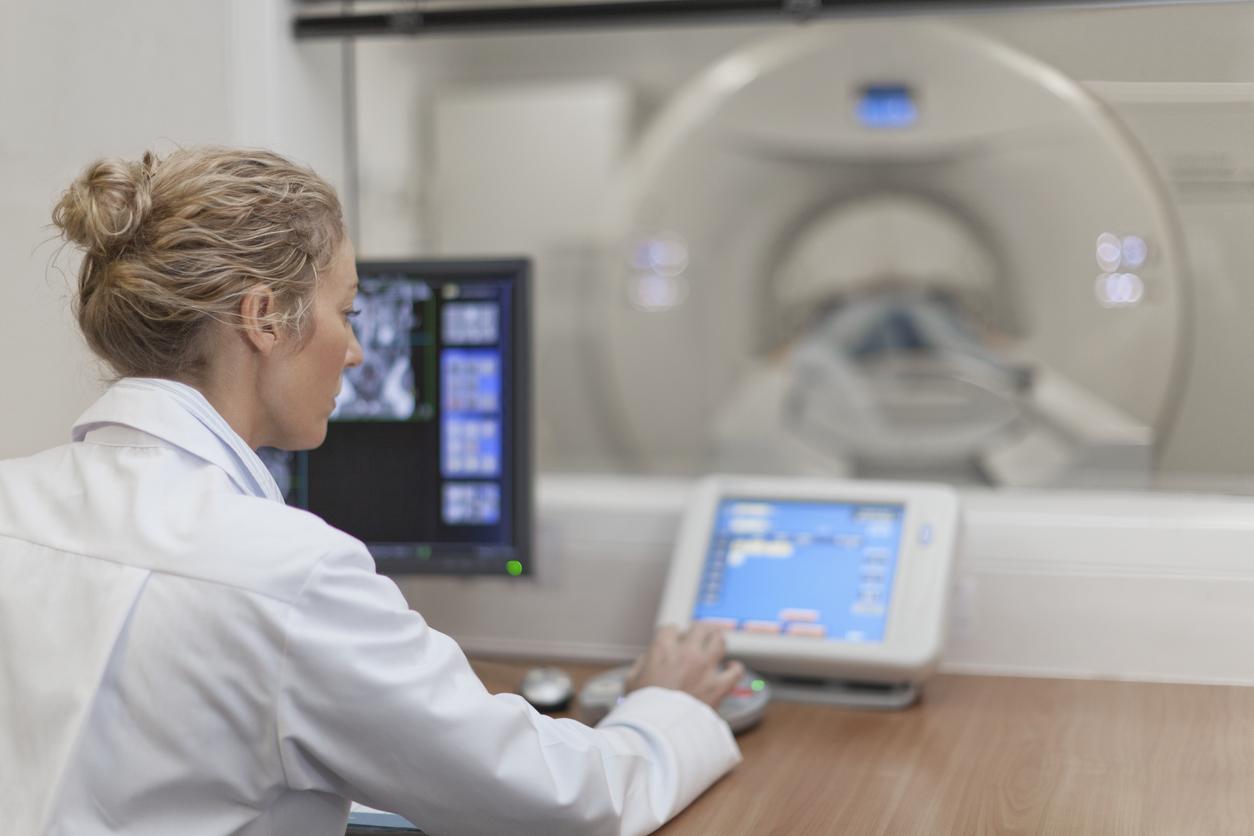Hospitalized on the night of November 6 following a “stroke of fatigue”, actress Catherine Deneuve, 76, was allegedly the victim of a transient ischemic attack (TIA), a temporary form of cerebrovascular accident (CVA), not to neglect. Focus on the different types of stroke and their level of severity.

The leading cause of death in women and the leading cause of acquired physical disability in adults, cerebrovascular accident (CVA) affects 140,000 patients each year. Occurring on average at the age of 74, stroke corresponds to a sudden loss of function of part of the brain, caused either by a sudden stoppage of blood circulation inside an artery of the brain, either by the rupture of an artery with bleeding in the skull or the brain.
According to The Parisian, it is from a form of this “brain attack” that Catherine Deneuve would have been the victim, on Wednesday night. Hospitalized after being unwell, the 76-year-old actress was taken care of in a “serious condition, which requires in-depth examinations.”
In a press release sent to AFP by her agent Claire Blondel, Catherine Deneuve’s family confirmed that she had suffered a “very limited and therefore reversible ischemic vascular accident. Fortunately, she has no motor deficit and must of course take some time off”, explains the press release.
Transient ischemic attack, an alert to be taken seriously
If the terms used by those around Catherine Deneuve do not certify what she suffered, it could be a transient ischemic attack (TIA), the symptoms of which are similar to those of a stroke, but only last a few minutes because the cerebral artery obstruction clears up on its own. If the TIA can be confused with a simple malaise, it must require immediate medical attention because it is a harbinger of cerebral infarction. According to Inserm, the risk of stroke is particularly high in the hours and days following a transient ischemic attack: around 5% in the first 48% and 10% one month later.
Cerebral infarction: obstruction of an artery by a clot
Representing 80% of strokes, cerebral infarctions are mainly the consequence of the obstruction of a cerebral artery by a blood clot. In the majority of cases, this obstruction is due to atherosclerosis, that is to say the formation of an atheroma plaque in an artery which, by ulcerating, will lead to the formation of a blood clot. . It is the migration of this clot or a piece of atherosclerotic plaque that will block the cerebral artery and cause the stroke.
More rarely, cerebral infarction can have a venous and non-arterial origin: it is then a cerebral venous thrombosis, which represents about 1% of strokes. These thromboses can occur at any age, with a significant peak in young women linked to hormonal factors (oestrogen-progestogen contraceptives, pregnancy and postpartum) and favored by smoking.
Cerebral or meningeal hemorrhage: rupture of an artery
Representing respectively 15% and 5% of strokes, cerebral and meningeal haemorrhages correspond to the rupture of an artery in the cortex or the meninges which surround it. These strokes are considered the most serious cases. This rupture most often concerns a small caliber artery, weakened by arterial hypertension in the elderly. Rupture of a pre-existing cerebral vascular malformation (aneurysm or arteriovenous malformation) or a bleeding disorder (often related to taking anticoagulant drugs) can also be the cause of a cerebral hemorrhage, often in people younger.
Recognizing Stroke Symptoms
In all cases, the occurrence of a cerebrovascular accident is characterized by the sudden onset of symptoms which should immediately raise the alarm. If you notice the onset of muscle weakness or paralysis of more than one limb or face, loss of feeling or numbness, loss of vision in one eye or double sight, have difficulty speaking, suffer from impaired balance or coordination of the limbs, and suffer from a sudden, intense and unusual headache, call 15 immediately.

.
















